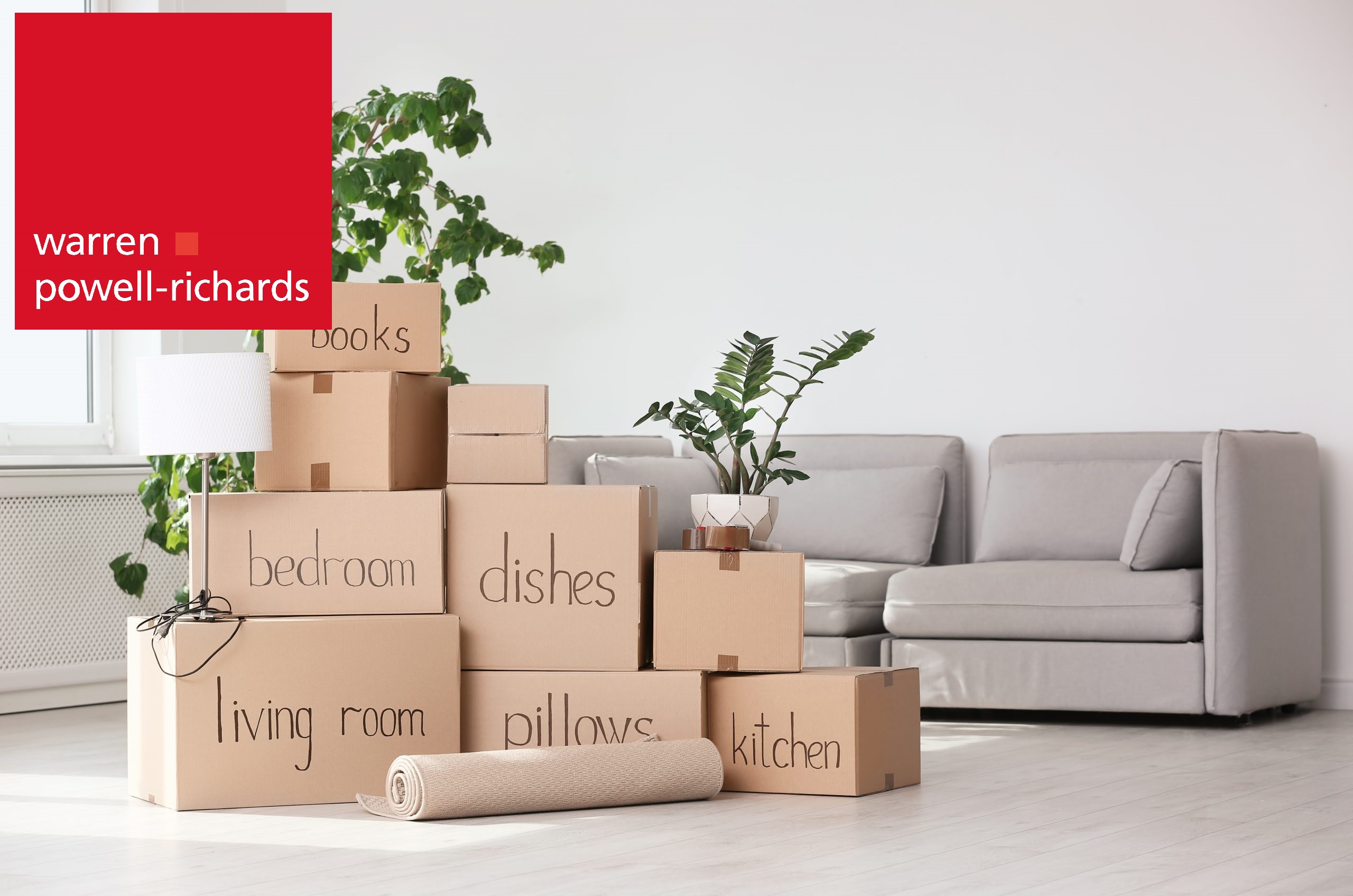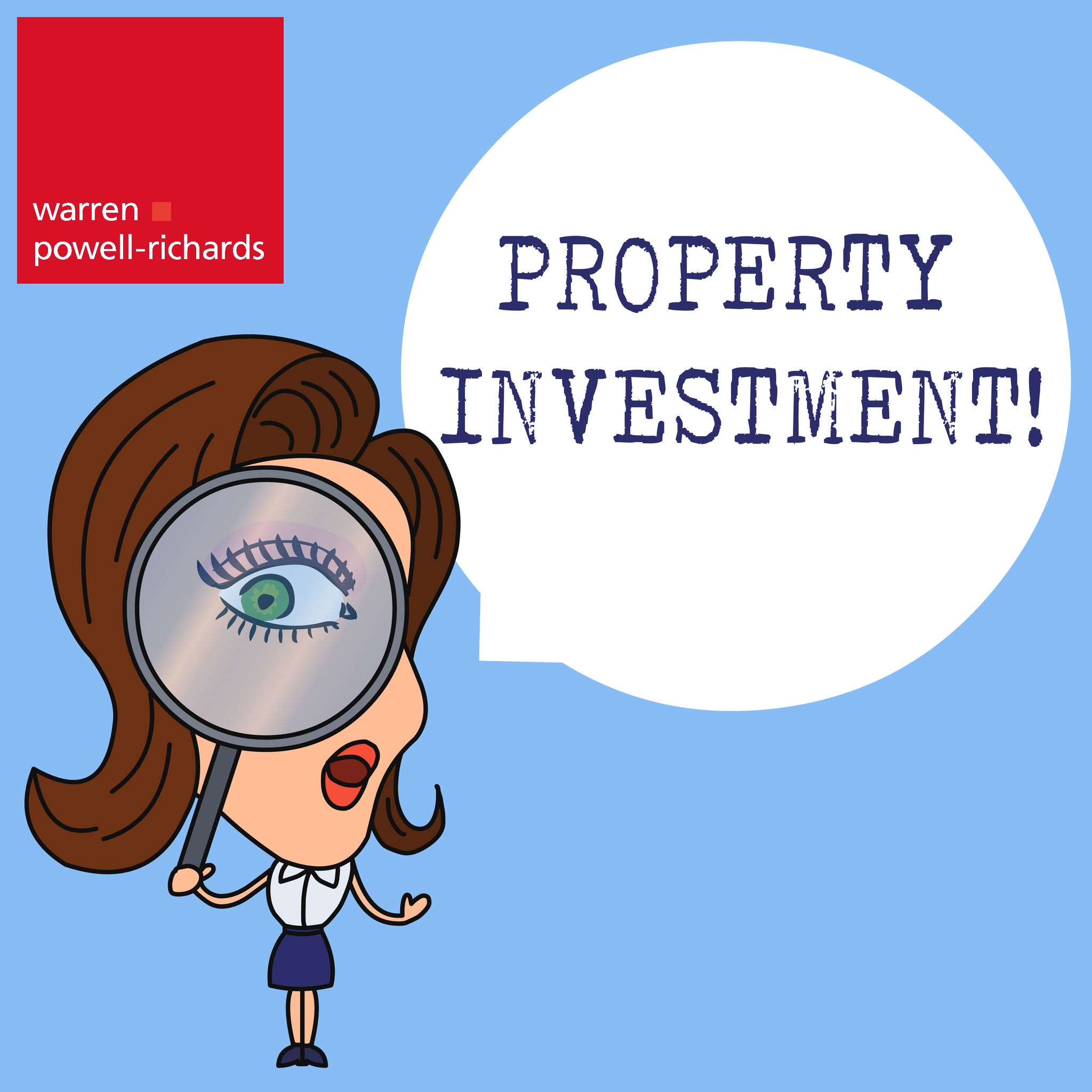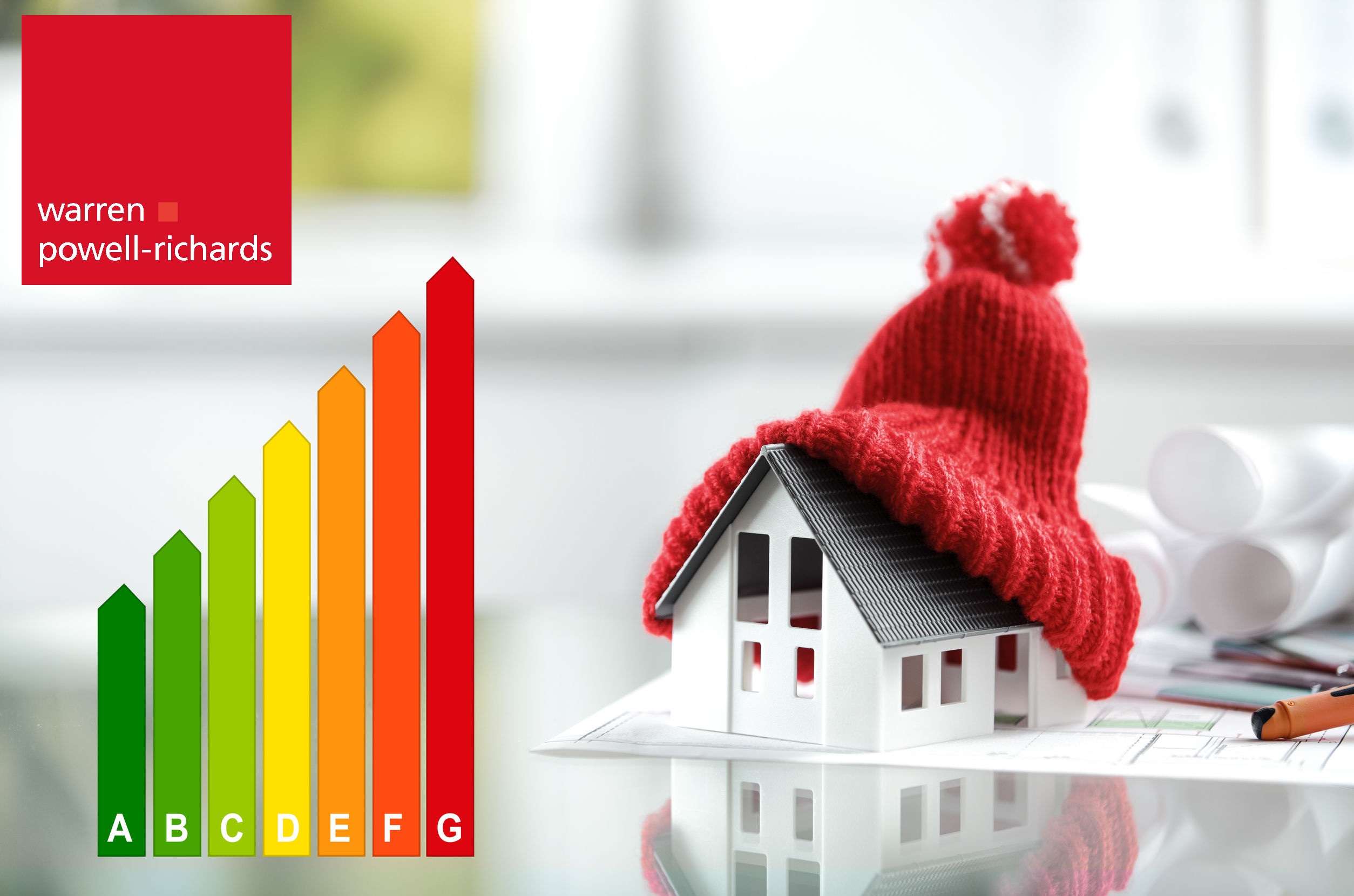Blog
- Details
- Hits: 560

Moving house in soon? First and foremost, congratulations are in order!
Now that you’ve found a new home, it’s time to start thinking about the actual moving process itself. And a major part of that is the dreaded ‘p’ word…. Yes, packing!
Start by taking a few deep breaths. We don’t want you roaming from room to room with no idea where to get started, so our essential packing tips will help make the process a lot easier and a lot less overwhelming for you.
- Prepare a bag of essentials for the first week
Although some people do this just for their first night in their new house, we recommend packing a bag with all the essentials you’ll need for the first week. Trust us, the unpacking process can be even slower than the packing process because you have to decide where everything will go!
Give yourself a little time to settle in and save the hassle of having to wade through all your cardboard boxes for your toiletries. Pack a separate bag for everything you’ll need for the first week in your new home.
- Move chests of drawers as they are by wrapping them with cling film
Yes, you did read that right. This is a top tip! You can easily save yourself the trouble of removing and packing away every small item from your drawers, only to have to put it right back once you’re in your new place. Simply wrap cling film tightly around any chests of drawers so that your removal company can shift them as is.
Unwrap at the other end, and you have all your items exactly where you want them. Easy!
- Create makeshift handles in cardboard boxes
Want to make moving day itself a little easier? Then it’s time to get creative. Whether you’re using a professional removal firm or not, those heavy cardboard boxes will be a lot easier to move with handles. It’s easily done; just cut small triangles into the side panels and lift your boxes with a lot more ease.
- Use wheeled suitcases to transport heavier items
If you’ve got a suitcase or two with wheels stashed away in storage, now’s the time to make use of them. Simply pack away any heavier items such as books and bulky sports equipment into your wheeled suitcases, and you can easily transport them to your new place. It saves you having to lug them over in weighty boxes that might even break from the weight!
- Pack jewellery and smaller items in egg cartons
When it comes to packing for your house move, you may eventually find that your smaller items are more of a hassle to pack than bulkier pieces. For instance, jewellery. Luckily, there’s a tried-and-tested packing trick that works well for the smaller stuff, and that comes in the form of egg cartons!
Start to save egg cartons in the weeks leading up to your move and use the compartments within to store any small items such as necklaces and earrings. It keeps them safe and separate rather than all jumbled up in one big bag.
Secure the egg cartons with your trusty old cling film.
- Use colour-coded labels for your cardboard boxes
While most people label their boxes for a house move, your process could be helped by taking your label game up a notch. Simply colour code your labels by room (the room you want your box moved into) so that you and your moving team can easily spot these on the big day. It’s a visual trick that makes it easy to avoid confusion or boxes ending up in the wrong room.
Oh, and make sure to pop those labels onto each side of the box. It’ll be worth the effort when everything ends up in the right place.
- Cover any hanging clothes with bin bags to move as they are
Let’s face it, folding everything in our wardrobe can be a bit of pain. If, like us, you don’t have perfect Marie Kondo folding skills, then consider this simple packing idea. Take any hanging clothes to your new place on their hangers. Simply cover them with bin bags while they’re still on the hangers and move them to your new home without any dirt or dust getting on them.
Remove the bags at the other end to hang, and you’ve got your new wardrobe in a good place before you know it!
Let us help you find your next home
Now that you’re well-equipped with all the essential packing tips and tricks you need for a move let us help you find somewhere special to move into. At Warren Powell-Richards we have years of property experience. Give us a call to chat through what you’re looking for and we’ll be delighted to help.
- Details
- Hits: 529

Buying a property can be a lengthy process simply because the process involves many factors. One of those factors is the time it takes to get a mortgage.
There’s no hard and fast rule as to how long it will take, but as a general rule of thumb you can expect to wait around 18 to 40 days after submitting your mortgage application before receiving a formal mortgage offer.
How Long Does it Take to Get a Mortgage in Principle?
You can get a mortgage in principle in a matter of minutes, and this will allow you to start viewing properties within your budget and put in an offer on a property.
It’s important to note that a mortgage in principle shouldn’t be taken as gospel, and there are no guarantees that you’ll be offered that mortgage when it comes to the full application.
However, it does give you a good indication of what you should be able to borrow based on some general information you provide.
The mortgage in principle can be obtained so quickly because it doesn’t look into your finances in great detail, just a rough overview. That’s why, until you have your formal mortgage offer, you cannot fully rely on the mortgage in principle, as a formal mortgage offer will dig much deeper into your finances.
How Can I Speed the Mortgage Process up?
The key to getting your mortgage offer in a timely fashion is preparation. Lenders will need lots of information from you and will require evidence to support your application.
Typically, this will include:
- Valid ID to prove your identity. A passport is ideal.
- Proof of address. A utility bill or council tax bill is sufficient.
- 3 months of bank statements. This is so lenders can assess your spending habits and get a clearer picture of how much you can afford to pay each month.
- 3 to 6 months of payslips. This is to prove your monthly income and factor in any contractual overtime or bonuses too. If you’re self-employed, you’ll need to show your accounts and tax returns.
- Proof of your deposit. A bank statement showing the funds in your account will be needed, and if any of the money has been gifted you may need a letter from the person who has gifted it.
- Details of the property you are buying.
- Details of the estate agent you are buying the property through.
- Details of your solicitor or conveyancer who will be handling the transaction.
What Can Slow the Mortgage Application Down?
If you’re unable to provide any of the information required in a timely manner, then this can be a big factor in slowing your mortgage application down. Therefore, before you even start the process it’s wise to have as much of this information to hand as possible.
Also, your credit history can play a part in how quickly the process is completed. Generally speaking, the more complex your history, the longer the mortgage process will take.
What Happens After the Mortgage Application has Been Submitted?
The lender will arrange to have a property valuation carried out. This is simply to determine if the price of the property is fair and if it’s suitable for a mortgage.
It’s important not to confuse the lender’s property valuation with a survey, which is something that is carried out separately and paid for by you, as the buyer.
Most lenders will require a survey to be carried out as a condition of offering a mortgage. You can pay for a full buildings survey or a homebuyer’s report.
The homebuyer’s report looks at the property in more detail than the lender’s valuation and takes into account any current and potential issues with the property. If the report is satisfactory then it’s likely that a lender will approve a mortgage application without the need for a full buildings survey.
The full buildings survey is a more detailed survey of a property than the homebuyer’s report. It looks at structural safety, maintenance costs and repair costs. It’s more expensive than a homebuyer’s report and it may be carried out immediately or following a homebuyer’s report that has raised concerns.
Once the lender has received the survey(s) and is satisfied with them, they’ll be in a position to make a formal mortgage offer.
How Long Does It Take to Receive the Mortgage Offer?
Once the lender has completed their checks and is satisfied with the survey carried out, you can expect to receive a formal mortgage offer in as little as a few days, and no more than 2 to 3 weeks.
How Long Does a Mortgage Offer Last?
A mortgage offer will typically last for up to 6 months. Some lenders may put a completion deadline on the offer instead of a fixed time limit, but it’s dependent on the individual lender.
If the transaction isn’t completed in time, or you’re quickly approaching the deadline then you can contact the lender to try and get an extension on the offer to avoid starting the whole process again from scratch.
Warren Powell-Richards are your local property experts. Call us or email to chat with a member of our friendly and experienced team.
- Details
- Hits: 479

You might be wondering ‘why buy a rental property? After all, we’re in the midst of a global pandemic, and a trip to the shops is stressful enough!
However, all the findings suggest that now is a great time to invest in a rental home and enjoy the financial benefits of being a landlord that come with it.
After a long lockdown pause, the economy is slowing starting to open up. According to Nationwide, the average UK house price is £218,902, a 1.7% drop in the previous month. Therefore, it’s a great time to bag a bargain and invest in a buy-to-let property.
There are many benefits to owning property. Whether you’re toying with the idea of becoming a landlord or sold on the idea, here’s 10 good reasons to invest in a rental property right now.
- It’s a tangible investment
It’s never too early (or late) to invest in the future. A rental property is appealing to many since it’s a tangible investment and one that’s relatively familiar and easy to understand. For many, it’s also a far more accessible investment, compared to bonds, stocks or shares that require some market skill and know-how.
- It can be a money-spinner
Sure, house prices fluctuate, but as far as long-term investments go, it’s one of the best ways to enjoy a sizeable financial return. The latest figures reveal that landlords in England and Wales enjoyed £79,770 in capital gains in 2018. The findings also revealed that the vast majority (85 per cent) of landlords with a buy to let property for sale manage to sell it for more money than they originally paid for it.
- Market for renting
From students to relocated-workers and families to couples, the rental market is vast and varied. It’s thought that one in five households in the UK is a rented home. With this in mind, it’s likely you will always find demand for your buy-to-let property.
- Annual salary
Of course, one of the benefits of being a landlord is the annual salary that comes with it. This varies depending on the size, condition and location of your property. However, there’s much appeal, with the average landlord earning £15,000 a year in rent, before tax and deductions. For some, this could make the difference of being able to go part-time in their job or retire early. For others, it is an excellent way to top-up their salary.
- Guaranteed income
There’s no denying that there are certain stresses that come with owning a rental property. However, many will agree that the benefits of being a landlord far outweigh this. One of these benefits is some guarantee of a regular income. Most rental contracts are for six if not 12 months in duration. This offers landlords some peace of mind in terms of a regular monthly payment. Some might say, even more security than a full-time job offers.
- Grow your portfolio
Many individuals who start with a buy-to-rent property find that it’s a viable business. This offers a foray into the real estate industry, growing your portfolio as you acquire more properties. This can be a great career choice, especially for those with an interest in the property market and business investments.
- A second home
Some private landlords invest in a buy-to-let property as a future nest egg for themselves. Not just in terms of financial gain, but also as a retirement home. As part of your long-term strategy, you may decide to invest in a second home now to rent, that you later take off the market to live in yourself. You’ll also have the added benefit of knowing the property has been in good hands, in an area you’re already familiar with before moving.
- There’s lots of support
Even if you’re new to the buy-to-let market, there’s plenty of support in the industry. This includes the Residential Landlords Association who represent and assist its members. From landlords coronavirus advice to lettings expertise, they’re a great resource. Plus, it’s relatively affordable, starting from £155 a year.
- Support your family
One of the benefits of owning property is the opportunity to provide a secure rental to your family. If you have children at university, this will be an all-too-familiar scenario.
Many families turn to buy-to-let properties to ensure their children have a stable residence during their higher-education. This can still be rented out beyond their tenancy, making it a handy side-hustle if you like!
- Expand your knowledge
Whether you already own a property, or you’re looking for a buy-to-let for the first time, you will undoubtedly expand your knowledge along the way, from learning the lingo to understanding lending rates, and regulations around being a responsible landlord. It’s a great chance to grow yourself in ways you might not have previously considered.
For no-obligation advice on buying a rental property please contact our expert property team at Warren Powell-Richards
- Details
- Hits: 410
Buying a property and letting it out can be very rewarding. Not only do you receive a rental income, but the property itself should also increase in value over time.
The property you are renting out is an investment, but you must make sure that it is looked after and well maintained.
Of course, you may also be busy with a job and family, and while buying to let is a business, it may not always be the first priority in your life.
That’s why we have put together our 10 Tips for Buy-to-Let Success guide. These tips are based on our many years of experience of helping landlords run successful businesses.
If you would like help and advice on the rental market, email us or call.
1. Choose Your property Wisely
You may want to invest your money and start getting a return as quickly as possible, but first, you must do your homework and consider the type of property you want and what sort of tenant you need. You might be thinking about students, but what if there isn’t a market for students in the area?
Top tip Speak to the professionals. We know the market locally and can advise you accordingly.
2. Decide how Much Involvement You Want
Decide what sort of landlord you want to be. Will you be hands-on and do a lot of the maintenance work yourself, or do you want to get tradespeople in to do the work for you?
Top Tip If you’re relying on tradespeople, ask around and develop a list of trusted contacts to be used when required.
3. Will You Manage the Property?
There are quite a few things you need to do including getting gas and electric certificates, collecting rent, dealing with maintenance and other issues, even managing the process of eviction should it come to that.
So, are you able to do much of this management yourself, or do you need an experienced lettings manager to take the strain?
Top Tip We can help you find a tenant, sort the contracts and look after the management – if you want us to!
4. Understand the Potential Net Returns
You may have money in the bank to invest in property. You may also have the desire to be a landlord and are thinking of the potential returns. But, have you actually done the maths?
Sit down with a pen and paper and do some research into all the other costs, for example:
- Landlords Insurance
- Servicing and gas and electric safety certificates
- EPC certificate
- Costs of repairs and maintenance
- Tax
- Void Periods
- Tenant Acquisition
- Utility Bills
- Management Fees
This is to name but a few!
Top Tip Make sure you can afford it. This might sound silly, but if the returns aren’t as great as you think, and the additional costs rack up, you could be in for a surprise.
5. Be Aware that Property Prices can go Up and Down!
Property is a sound investment most of the time. We would definitely recommend being a buy-to-let landlord, but you should be aware that property markets can go down as well as up.
Top Tip Be in it for the long run. Be patient as markets can fluctuate but a good landlord knows this and sticks with it.
6. Always get Insurance
We firmly advise that you need Landlords Insurance and Buildings Insurance and maybe even Contents Insurance too. It’s better to be safe than sorry and should anything untoward happen, you will know that you are covered.
Top Tip Speak with an experienced insurance broker. They will go through the level of cover you need and why.
7. Be Efficient and Keep Records of Everything
A buy-to-let property is best when it has a paying tenant of course. When it is empty, it costs you money. Landlords who can move quickly when they need to find a tenant are the ones who have successful businesses.
Top Tip Make sure your paperwork is organised and in order. Keep a list of preferred suppliers including plumbers and electricians so that any work can be done quickly.
8. Choose the Right Lettings Agent
A good lettings agent will advise you on which area to look at when acquiring a property, and will know the sorts of rent you could expect to get. They’ll be able to recommend tradespeople, and be able to sort the contracts out. It’s worth doing your research and getting the right team in place.
Top Tip Seek recommendations from other landlords who have used an agent in your area.
- Don’t Fall in Love with the Property
This is an interesting one. There’s a difference between liking a property and loving it. If you love it, you may well not see it as a business and it is a business that has to make money.
Top Tip You won’t be living in the property, but you can put your stamp on it in some way, perhaps the garden design for example.
10. Plan for the Future
While you have a property to rent out, ask yourself what your future plans look like:
- What’s your long-term goal for the property?
- Do you know whether you want to sell it eventually?
- Do you want to keep it and live in it at some point?
Top Tip Set your goals right at the start. That way, you will know what to do and when to make the right decisions.
We have years of experience in helping buy-to-let landlords and we can help you. Please get in touch.
- Details
- Hits: 626

Winter(proofing) is coming…
In many ways, this has been a strange year, hasn’t it? But, you can rely on the seasons to come and go and soon it will be winter.
Some people don’t like the cold and the snow and the rain, while some people believe it is a magical time of year.
Whatever your thoughts, it is now getting closer to the time when you will need to winterproof your home and garden.
It’s important, but not everyone thinks of winterproofing. It can save you money, and it can ensure that your house is ready for the harshest of weathers.
Here are our top five tips when it comes to winterproofing your home.
1. In the Garden
It’s obvious that winter can play havoc with your garden. All those plants you’ve been tending to over the spring and summer months are in for a shock when the cold weather kicks in.
So, it’s best to look at what needs doing and to make a list of all the tasks that need completing before the frost sets in.
- Are there plants that can come indoors, or be placed in a garage or a shed?
- Do you need to get protective covers for plants that have to stay outside but are not necessarily hardy enough for a UK winter?
- Perhaps you have been tending to ornamental bay leaf trees that need plastic hoods for winter?
- Maybe you need to get a few pots so that plants can be transferred to a little nook in the garden that is secluded from the winds?
Tip: If you can’t store garden furniture in a garage or shed, make sure you buy a protective cover for it. You don’t want your items to be damaged over winter and it will cost you money to replace them once the weather turns better.
2. Maintain your House
However well-built, houses can suffer when the bad weather kicks in. But there are things you can do to ensure that your property is ready for the harsh onset of winter.
- Do the gutters need clearing out?
- Are any drains clear from leaves?
- Is there a little crack in a windowpane that you have been meaning to get sorted?
Tip: Treat your home like a project. Make a list of everything that you think needs doing and go through it methodically. It’ll save you time and money in the long run.
3. Boiler Blues
Commercial properties and buy-to-rent homes must have the boilers regularly serviced, but homeowners don’t always think of doing this. When it comes to winter, it’s when you’re going to need a boiler working and in tip-top condition.
Have a look for a reliable plumber to come and service your boiler. After all, a broken boiler will mean you get cold and it could also cost you money.
Tip: We know some excellent trusted tradesmen, so get in touch with us and we will steer you in the right direction.
4. Insure your Future
Your house is your home, but winter does not care whether your home is your castle or not! Freezing water can cause pipe issues, wind can rip tiles from roofs, and storms can whip up trouble from falling branches.
Check your insurance is up to date and that it covers everything you need it to do. There will always be some things you cannot claim for, but if your home is well-maintained and the insurance is right, you’re more likely to be able to make a claim if needed.
Tip: Do a paperwork audit. If you’re checking your insurance, have a look to see that everything else you need is in order too.
5. Insulate to Accumulate
Older houses in particular sometimes have a problem with insulation. You’re heating your home but that heat is seeping out, perhaps through the roof or small gaps in door and window frames. Make sure there is loft insulation and that there is enough of it. Good insulation is not just about keeping warm, it’s about keeping your bills down too.
Tip: Don’t forget to lag your pipes. Hardware stores will have all you need and you don’t need to use a qualified plumber to install it.
Because we at Warren Powell-Richards have bags of experience with many different types of homes, we know a little bit about preparing for winter too.
Give us a call for advice. You never know, we might even have a house for sale that is a perfect winter hideaway for you






ALTON | FARNHAM | GODALMING | GRAYSHOTT | HASLEMERE | LONDON